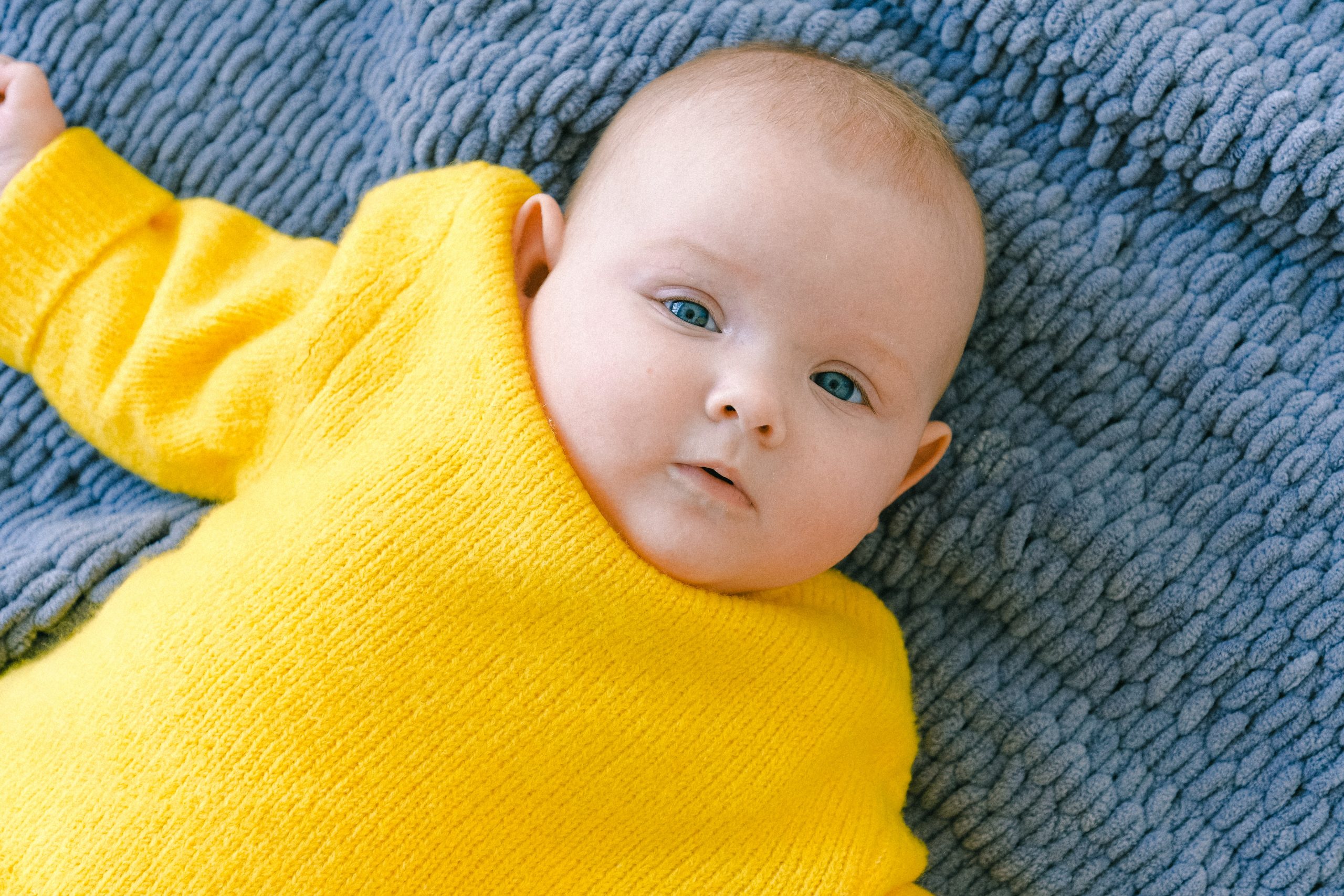Jaundice is an ordinary condition that newborns often experience. Most of these conditions are harmless, but some can lead to dangerous symptoms. Therefore, parents must be ‘aware’ of their child’s state if they show signs or symptoms of prolonged jaundice.
A jaundice baby sign is a change in skin color to yellow. If the condition is rather severe, the white part of the baby’s eyes also appears yellowish. Other symptoms of jaundice include, baby’s more concentrated urine, pale stools, yellow-looking palms, and feet.
- Be Aware, This is the Cause of Premature Birth and Prevention
- Embrace Your Journey: The Benefits of Prenatal Yoga Through Every Trimester
- Pelvic Inflammatory Disease (PID): Causes, Symptoms, and Prevention
- Causes of Oligoasthenoteratozoospermia and How to Cure it!
- Be Careful, These are 10 Female Genital Diseases to Watch Out For
Under normal conditions, baby jaundice occurs 2-3 days after birth and will disappear by itself within two weeks. However, if jaundice persists, parents must be suspicious. Jaundice in the long term can be a sign or symptom of more severe disease such as cerebral palsy or brain damage.
So what causes the condition of newborns to turn yellow? How to handle it? Come, see the following reviews.
Causes of Jaundice
The most general cause of jaundice is a buildup of bilirubin in newborns. This buildup of bilirubin occurs in the baby’s blood. You need to know that bilirubin is a substance that is formed from the process of destroying red blood cells. Under normal conditions, bilirubin’s sense will give a yellow color in the feces, not other body parts. However, because the baby’s liver function has not been maximized; the bilirubin levels in the baby are higher than normal levels.
Since in the womb, the baby already has bilirubin produced from the placenta. After the baby is born, bilirubin in the blood will be processed first in the liver and then excreted into the intestines. However, the baby’s immature liver makes the process slow down, and bilirubin levels become high; this is what causes the baby to turn yellow.
In addition to the above causes, jaundice can also be caused by several things, such as sepsis, infection, liver damage, enzyme deficiency, abnormal blood cells, digestive problems, lack of breastfeeding, and premature babies.
How to Overcome Jaundice
Jaundice that occurs in newborns is normal and does not require special treatment. Usually, this condition will go away by itself within two weeks. But if it doesn’t go away or it gets worse, your little one needs to get medical attention immediately.
Some ways that can be done to deal with jaundice include:
1. Give breast milk every 2 hours
Newborns require exclusive breastfeeding since birth. Even though at the beginning of his life the baby sleeps more, make sure you give breast milk every 2 hours. Wake the baby if he continues to sleep and continue to breastfeed. This method can help the bilirubin pass through the baby’s body faster. In addition, giving breast milk every 2 hours also prevents your little one from becoming dehydrated.
2. Breast milk supplementation
If the baby is difficult to breastfeed or the mother has special conditions that make it unable to breastfeed directly, then breast milk supplementation can be given. The trick, squeeze breast milk and then give it to the baby. Use easy media so that the baby gets enough milk. If needed, donor breast milk can also be considered for infants and mothers with special conditions.
3. Drying under the sun
Drying the baby outside in the morning sun can also be done to cure jaundice babies. Vitamin D is able to help the process of filtering bilirubin more quickly. The best time to dry the baby is 8 to 10 am. Avoid drying the baby after 10 am because there are UV rays that are bad for the baby’s health and skin.
4. Phototherapy
The next way to deal with jaundice is phototherapy. Generally, this method is used if the baby continues to show symptoms of jaundice with bilirubin levels that are too high. Phototherapy aims to change the form of bilirubin to be easily broken down and filtered by the liver using photo light.
5. Exchange transfusion
High bilirubin can also be treated with an exchange transfusion, which involves removing the baby’s blood using a catheter and replacing it with suitable blood. In this case, the blood donor must have the same blood group and rhesus as the baby.
Jaundice should be checked periodically and thoroughly. Especially if the yellow occurs in the eyeball, then you need to pay special attention. And if the above methods have been carried out but jaundice does not go away, then a doctor’s examination needs to be done to avoid more severe conditions in the future, such as damage to the brain.
Complications to Watch Out for
High levels of bilirubin in newborns sometimes cause complications. Some complications of jaundice to watch out for include:
1. Acute encephalopathy
Acute encephalopathy is a condition in which bilirubin enters the brain and damages the cells in it. If not treated quickly, this condition is quite dangerous for the baby’s health. Symptoms of acute encephalopathy include fever, dyspnoea, vomiting, long sleep, lethargy, back arching, and restlessness.
2. Kernicterus
This condition occurs in encephalopathy, which is a complication of jaundice that is not treated properly, causing permanent brain damage. In addition, this condition also causes the baby to lose hearing and experience obstacles in the development of tooth enamel.
To prevent complications of jaundice that endanger the health of your little one, you need to immediately take your baby to the doctor if you find signs of prolonged jaundice. In addition, if your baby keeps on crying and has difficulty breastfeeding, immediately seek help before it’s too late. Hopefully, this review helps you in knowing what jaundice is, its causes, and how to deal with it.



 Bahasa Indonesia
Bahasa Indonesia English
English 中文 (香港)
中文 (香港)